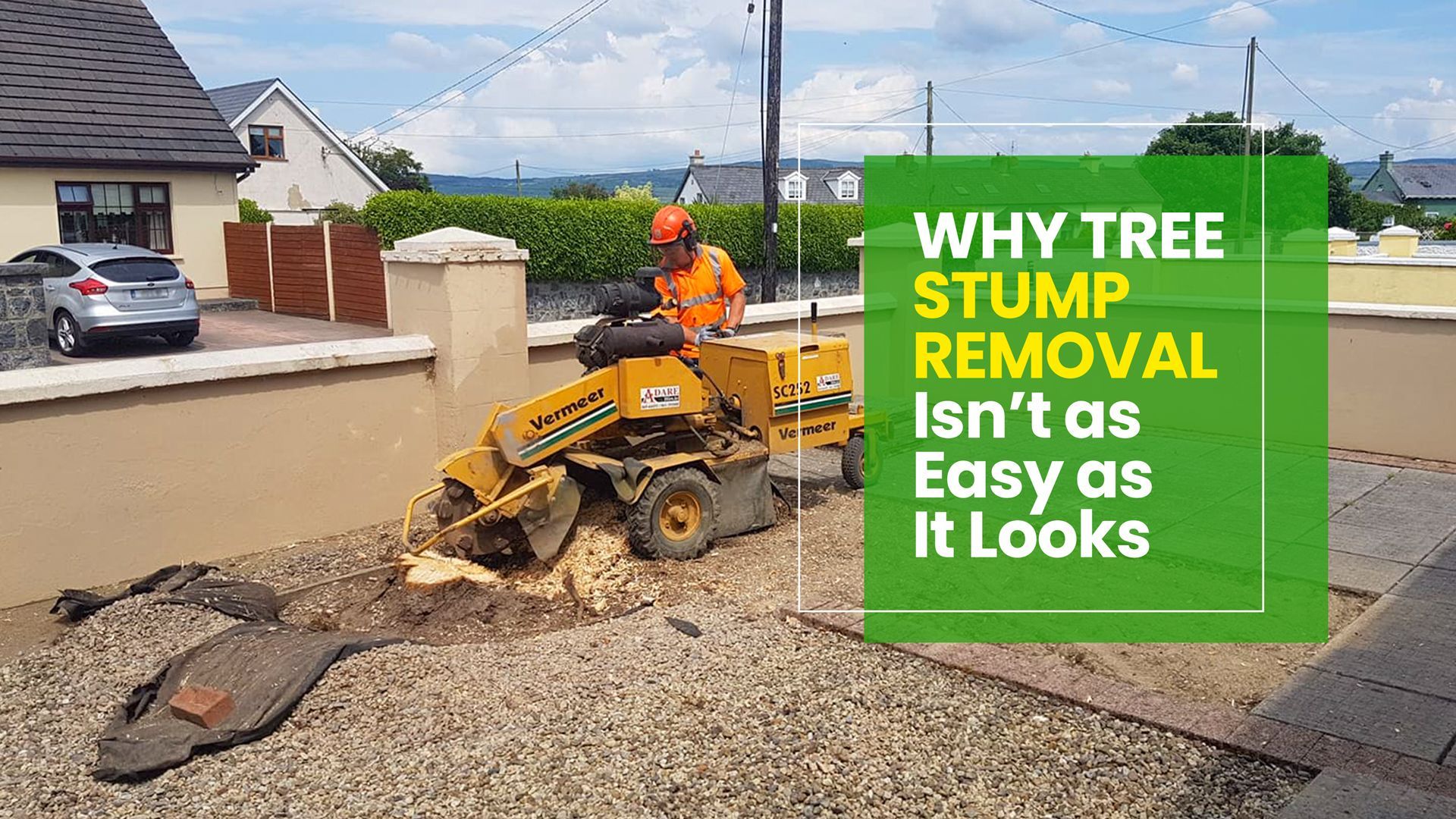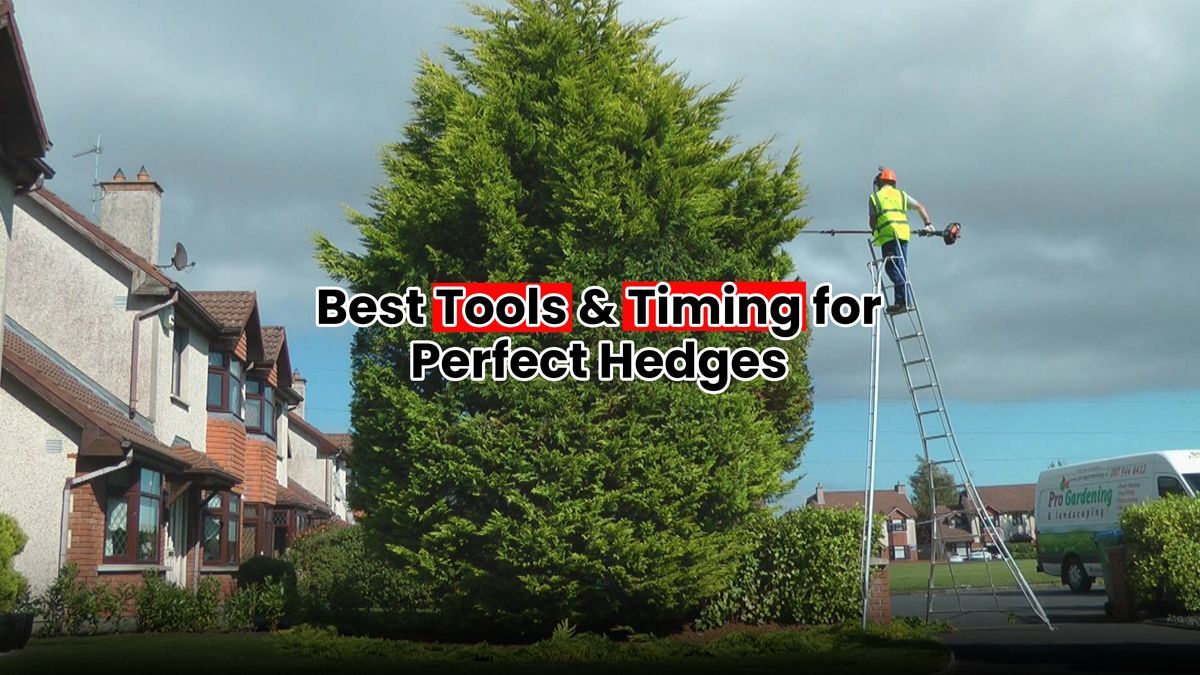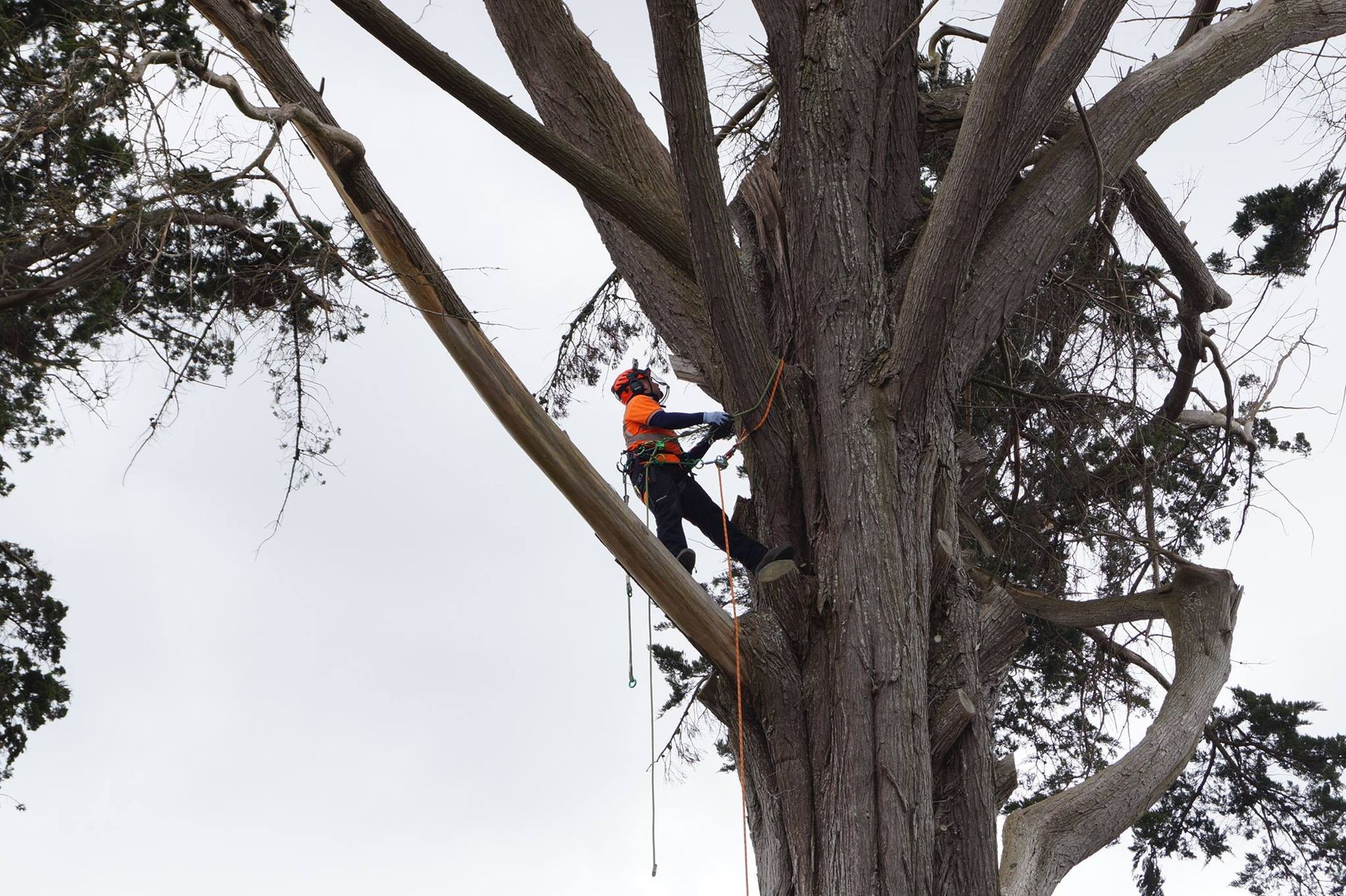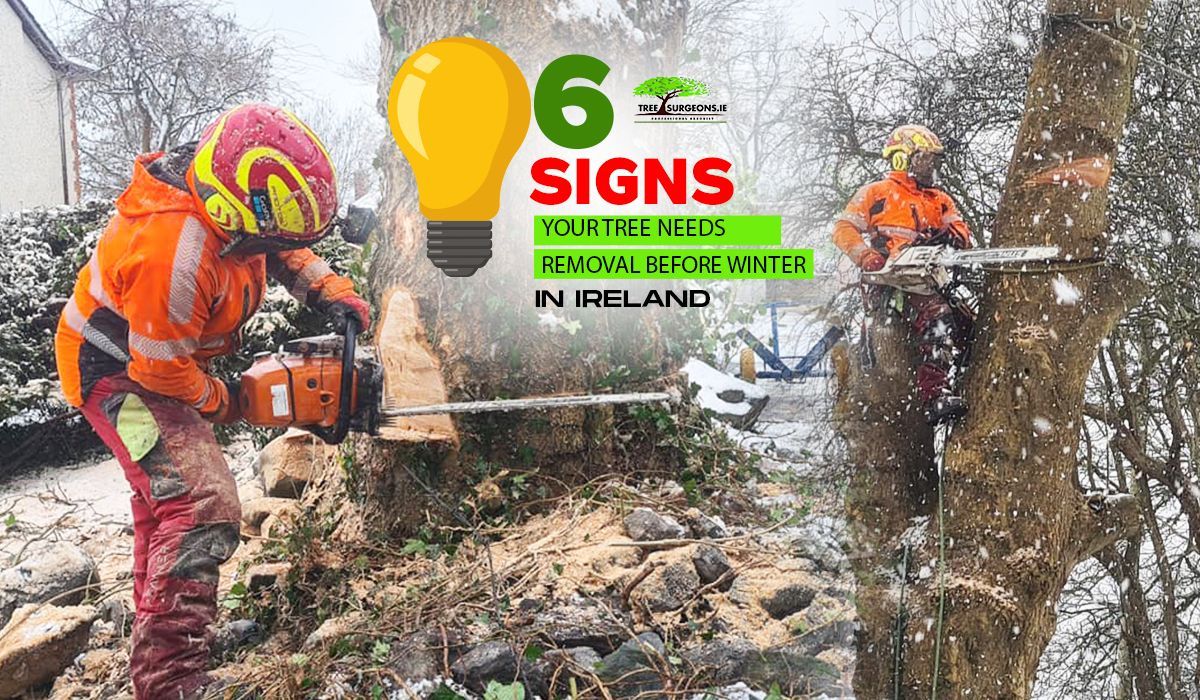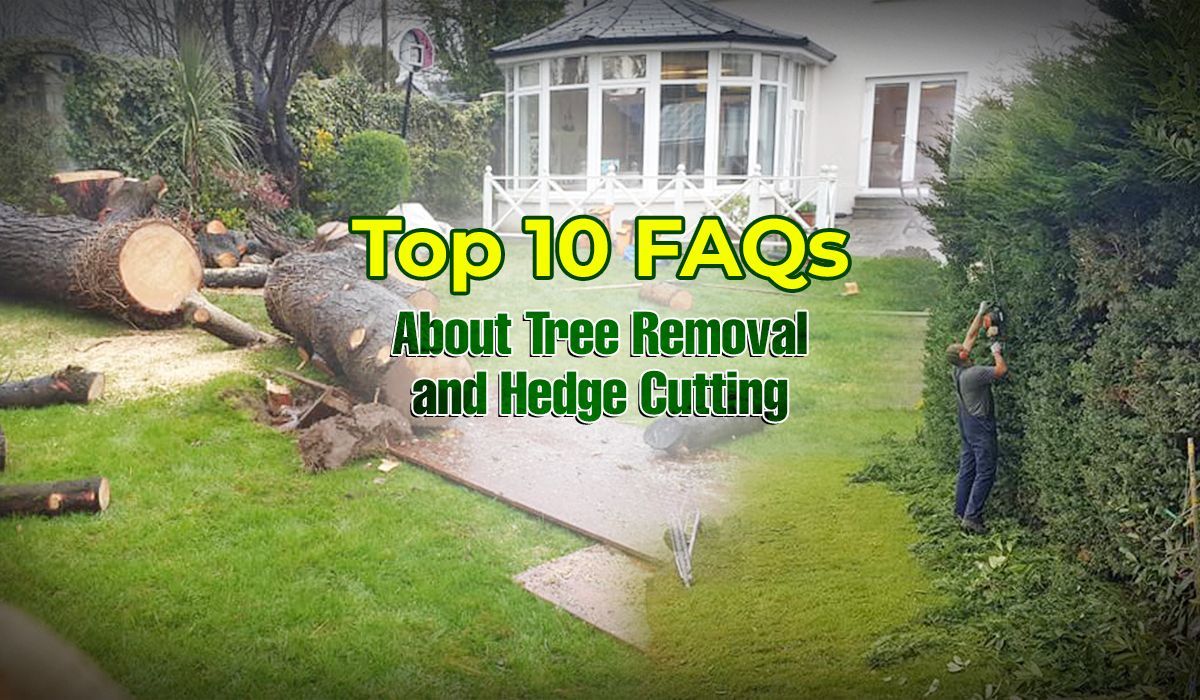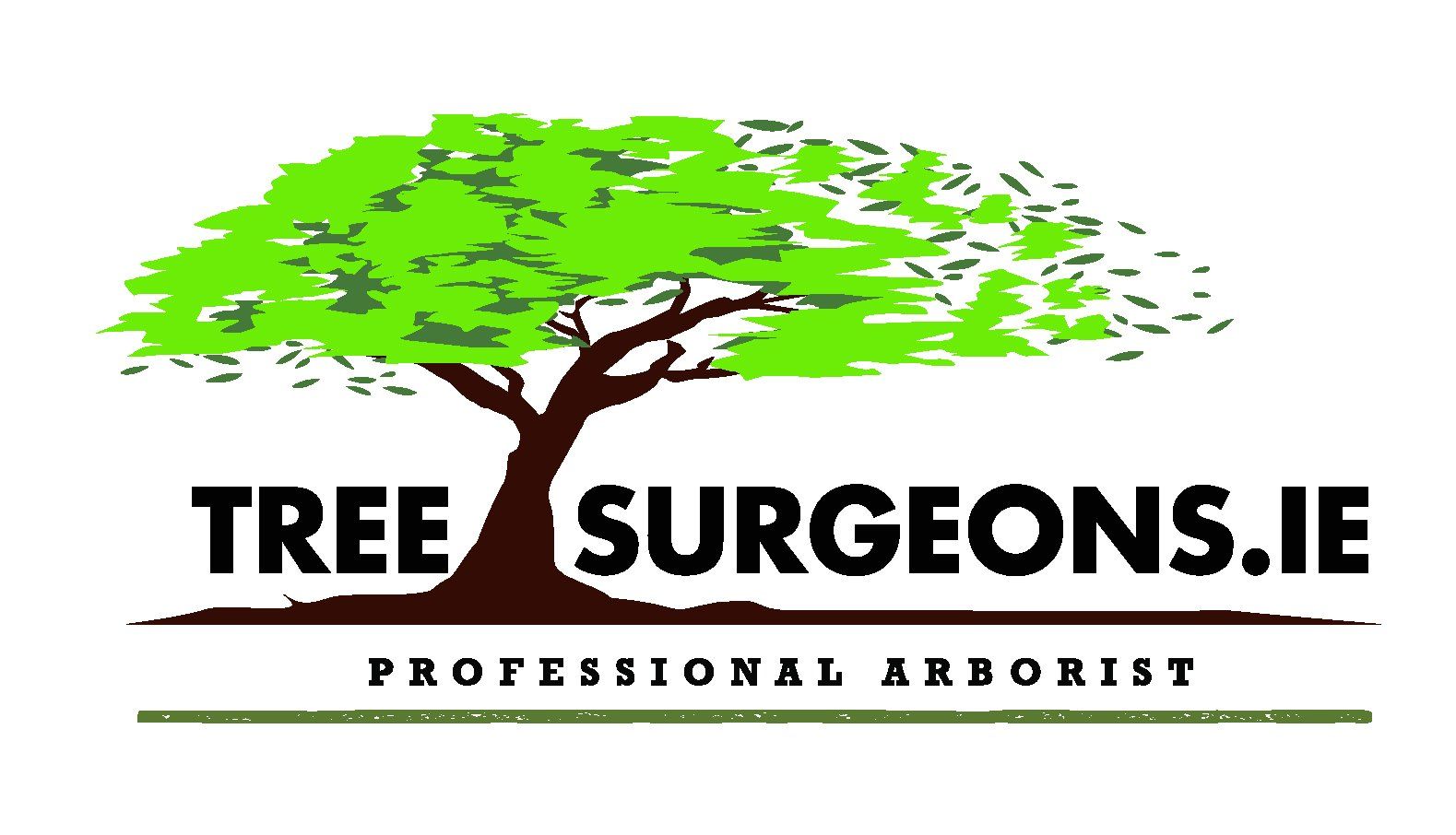How to Check If Trees on Your Property Are Storm-Safe: A Homeowner’s Self-Assessment Guide for Irish Winter

We all know that Irish winters can be unpredictable, changing from calm to chaotic in a matter of minutes. Very often, you might have noticed that one week brings soft rain and mild breezes, and the next arrives with fierce Atlantic gusts strong enough to rattle the windows. For many homeowners- especially those who have considered tree removal in Limerick or similar services- trees become a major concern when storms roll in.
While trees add beauty, shelter, and character to Irish gardens, they can also become dangerous if weakened or poorly maintained. That's why learning how to check your own trees for storm safety is essential before winter hits full force. Whether you're concerned about leaning trunks, cracked branches, or older trees near your home, this simple guide helps you identify warning signs before trouble arises.
A careful look now can save you from costly property damage later. Many homeowners only think about tree removal when a tree is already unstable, but prevention is always better than emergency action. By taking the time to assess risk early, you protect your home, your family, and the natural beauty of your garden.
As you continue reading, you’ll gain valuable clarity and perspective. By the conclusion, you’ll be ready to make informed decisions with confidence, supported by the insights you’ve gathered throughout the blog.
How to Assess Your Trees for Storm Safety?
Before winter storms arrive, a quick visual check can help you spot early signs of weakness in your trees. These simple steps make it easier to understand what’s normal and what could become a risk during harsh weather.
Step 1: Look at the Tree from a Distance
Start by stepping back so you can view the whole tree, not just the parts near your line of sight. From this distance, ask yourself:
- Is the tree leaning more than before?
- Does the canopy look uneven or heavy on one side?
- Have recent storms caused the tree to twist or shift?
A slight lean in a tree isn’t always a problem, especially in older Irish gardens with natural slopes. But a sudden or worsening lean may indicate root weakness. If the ground seems lifted or cracked on one side, that’s a real danger sign. Many people first notice these issues by chance, but a winter check makes sure nothing goes unseen.
Step 2: Examine the Trunk for Cracks or Decay
Walk closer to the tree and gently look over the trunk. Irish weather, with its mix of wet months and occasional frost, can cause timber to weaken over time. Keep an eye out for:
- Deep vertical cracks
- Soft, spongy bark patches
- Fungus or mushrooms near the base
- Cavities where wood has rotted away
A healthy tree trunk feels firm and solid. If you notice sections that crumble when pressed, or dark, damp holes that smell of decay, the tree may no longer have the strength to withstand strong winter winds. This kind of damage can worsen quickly in storms, and it’s often the deciding factor that leads homeowners to seek professional tree care in Ireland when the risk becomes too high.
Step 3: Inspect the Branches and Crown
High winds tend to snap weak branches first, so a close look at the crown can tell you a lot about the tree’s storm readiness. Check for:
- Dead or brittle branches
- Branches crossing or rubbing against each other
- Hanging limbs that never fell properly after a previous storm
- Large limbs growing at sharp, unnatural angles
Dead branches often look grey, dry, and lifeless compared to the rest of the tree. If you bend a small twig and it snaps instantly without any moisture inside, it’s likely dead. These limbs can drop suddenly during storms, sometimes without warning, posing a danger to roofs, cars, and garden spaces.
Step 4: Check the Roots and Ground Around the Tree
Even the strongest-looking tree can become unsafe if its roots are damaged. Irish soil holds water easily, and long wet winters can weaken root stability. Look for:
- Soil lifting around one side of the trunk
- Exposed roots that appear cracked or broken
- Pools of water sit around the base after rain
- Signs of root rot, such as a foul smell or soft roots
Roots are the anchor of the tree, and once compromised, the entire structure becomes unreliable. These early signs are often the trigger for calling emergency tree services in Limerick, especially when trees are close to houses, sheds, or power lines.
Step 5: Consider the Tree’s History
Think about what the tree has gone through in recent years. Has it been struck by lightning? Did a branch break off in a past storm? Has construction or new landscaping disturbed the soil around it?
Long-term stress can weaken a tree even if it appears healthy at first glance. A tree that’s already suffered damage may require closer monitoring or earlier intervention. In some cases, especially when danger becomes too high, homeowners may need storm-damaged tree removal to keep their property safe.
Step 6: Compare the Tree’s Condition with Its Location
A safe tree in an open field may become a hazard if planted too close to a house. Look around and see:
- Is the tree near your roof or windows?
- Do large branches hang over your parking space?
- Is the tree close to footpaths or areas where children play?
Where the tree stands can be just as important as its health. Even a moderately weak tree becomes a major risk when positioned near important structures. This is why many households eventually seek help from a tree surgeon in Limerick, especially when they notice tightening angles, worsening lean, or storm patterns getting stronger each winter.
Step 7: Trust Your Instincts and Look Again After Every Storm
If something doesn’t look right, trust your instincts. Irish storms can change a tree overnight, especially after heavy gusts or long, persistent winds. Take a quick walk around the property after each major storm and check for new cracks, hanging branches, or fresh soil movement.
Trees are living structures, always growing and adjusting. A self-check every season ensures nothing catches you off guard.
What you need to understand
Remember, Irish winters are no joke, and your trees deserve proper attention before the storms arrive. As you carry out your own assessment, remember that early checks prevent costly damage later. If you feel unsure about anything you discover, or if a tree seems unsafe, experienced help is the best way forward.
For expert support, Tree Surgeons & Pro Gardening is here to assist you. Welcome to TreeSurgeons.ie, where a fully qualified team with over 10 years’ experience provides safe, reliable services using professional mountaineering and rope-access techniques.
Based in Raheen, Limerick, the team operates with full insurance, CE and Irish LOLER-certified climbing equipment, Bluetooth intercom systems, and strict impact protection. We assess risk before every job and handle work for private, commercial, and public clients across Munster.
Choosing our company means choosing trained professionals who understand safety, storm risk, and proper tree care. We invite you to see the quality of our work for yourself. Contact us anytime for guidance, support, or tree removal in Limerick when safety becomes a priority.
FAQs About Winter Tree Safety in Ireland
Q: What month should I prepare trees for winter storms in Ireland?
September to November is ideal - before peak storm season begins.
Q: Should I remove a healthy tree if it’s close to the house?
Not always - but pruning or crown reduction may be needed to reduce risk.
Q: Do I need permission to remove a tree in Ireland?
Only if the tree is protected or in a conservation area. When in doubt, ask your tree surgeon - they can guide you through the process.
Q: How long does a tree inspection or removal take?
Small removals can be done in under an hour. Larger or dangerous trees may take several hours.




